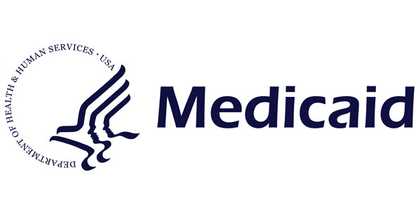Flexible Spending Accounts (FSAs) are financial tools offered by many employers, allowing employees to allocate pre-tax income for eligible healthcare expenses, including orthodontic treatments like braces. So, can you use your FSA for braces? Absolutely. By setting aside pre-tax dollars, you can effectively reduce your taxable income, thereby making healthcare costs more manageable.






Save $250 off braces or Invisalign!*
Schedule your appointment online.
Understanding Flexible Spending Accounts (FSAs)
Flexible Spending Accounts (FSAs) are financial tools offered by many employers, allowing employees to allocate pre-tax income for eligible healthcare expenses, including orthodontic treatments like braces. So, can you use your FSA for braces? Absolutely. By setting aside pre-tax dollars, you can effectively reduce your taxable income, thereby making healthcare costs more manageable.
FSAs are usually available to those employed by companies offering this benefit. Eligibility can vary based on specific employer policies, and enrollment typically occurs during the open enrollment period. Some employers may have additional criteria, such as requiring full-time employment status, so it’s crucial to review your company’s benefits package for detailed eligibility information.
As of 2023, the annual contribution limit for FSAs is $3,050. To maximize your FSA benefits, it’s advisable to estimate your healthcare expenses for the year carefully. Be mindful of the common “use-it-or-lose-it” rule, where any unspent funds at the end of the plan year may be forfeited. To manage your FSA funds effectively, consider tracking your expenses and planning for eligible costs, such as braces, to ensure optimal use of your contributions.
Orthodontic Expenses Eligible for FSA Reimbursement
Leveraging your FSA for orthodontic expenses can significantly ease the financial burden associated with braces and other treatments. So, can you use your FSA for braces? The answer is yes. Orthodontic procedures such as traditional metal braces, ceramic braces, lingual braces, and clear aligners are typically eligible for FSA reimbursement. These treatments aim to correct misaligned teeth and enhance oral health, making them a valuable investment for your smile.
Proper documentation is critical when submitting claims for FSA reimbursement. Generally, you will need to provide an itemized receipt that details the orthodontic services provided, including the treatment date and total cost. Additionally, a letter of medical necessity from your orthodontist may be required to explain the need for the treatment. Ensuring you have all the necessary paperwork can streamline the reimbursement process.
While most orthodontic treatments are eligible for FSA coverage, it’s important to differentiate between medically necessary procedures and cosmetic ones. Cosmetic treatments not deemed medically necessary may not qualify for FSA reimbursement. Always consult your FSA plan’s guidelines to understand the specifics of what is covered, ensuring you maximize your benefits while investing in orthodontic care.
Steps to Utilize Your FSA or HSA for Orthodontic Treatment
Using your FSA or HSA for orthodontic treatments like braces can alleviate financial stress. Here are steps to ensure you make the most of your benefits:
Before commencing treatment, confirm your FSA eligibility by contacting your FSA administrator to verify that orthodontic services are covered. Gather necessary documentation, such as a letter of medical necessity from your orthodontist, outlining the need for braces and estimated costs.
Once treatment begins, filing a reimbursement claim is straightforward. Keep all receipts and invoices related to your orthodontic care. Most FSAs require submission of a claim form with supporting documents, such as receipts for initial consultations and follow-up visits. File claims promptly to avoid missing out on your benefits.
To maximize FSA or HSA benefits, consider scheduling treatments early in the year if your FSA balance is replenished annually. This approach allows using a larger portion of your funds toward braces. Keep track of expenses throughout the year, ensuring you utilize your full FSA amount before it expires. By following these steps, you can navigate the use of your FSA or HSA for orthodontic treatment confidently.
Advantages of Using FSA or HSA for Braces
Opting to use your FSA or HSA for braces offers considerable financial advantages. One key benefit is the tax savings associated with FSA contributions. Since these contributions are made with pre-tax dollars, you can reduce your taxable income, which can lead to substantial tax savings, especially when facing orthodontic treatment costs.
Using your FSA or HSA for braces can also impact treatment costs directly. By paying with FSA or HSA funds, you can cover a portion of your orthodontic expenses upfront, alleviating financial burden. Immediate access to funds can make it easier to commit to necessary treatments without the stress of covering the full cost at once.
In terms of long-term financial planning, utilizing your FSA or HSA for orthodontic care is a strategic move. Many people underestimate the expense associated with braces, which can vary depending on treatment complexity. By budgeting for braces through your FSA or HSA, you manage current finances effectively while planning for future healthcare needs. This foresight ensures you achieve a healthy smile without jeopardizing financial stability.





